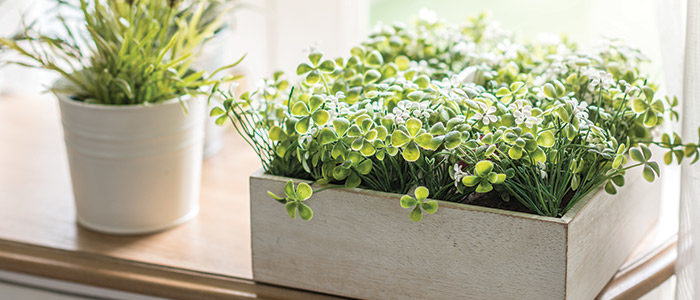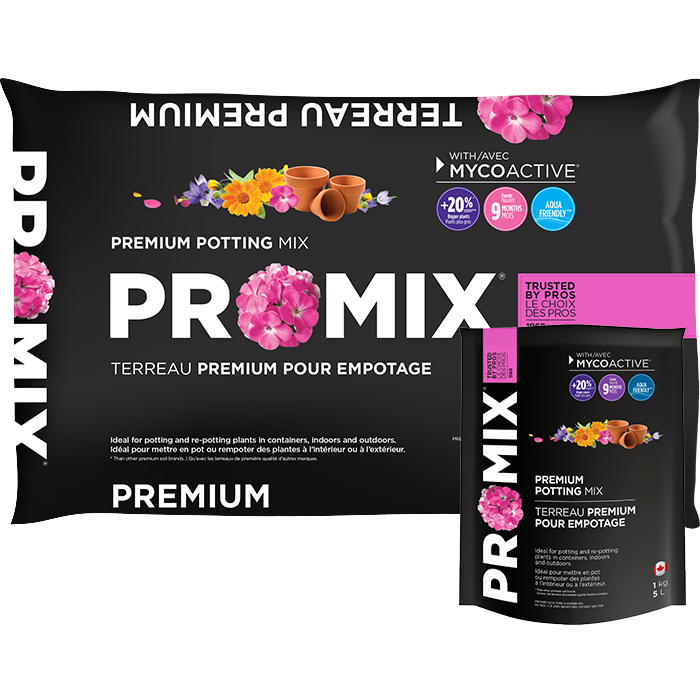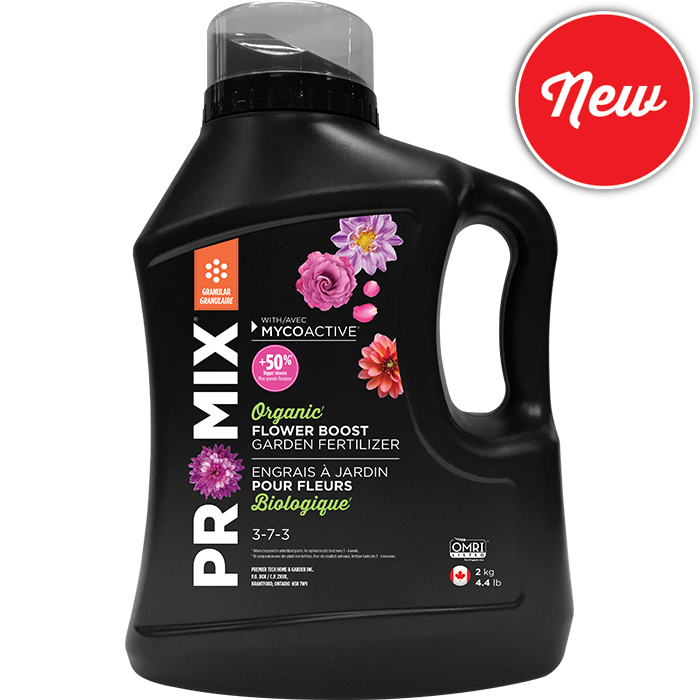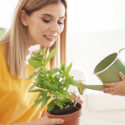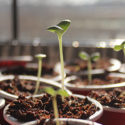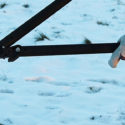Gardening is an excellent hobby for the summer months. You can plant anything from colourful flowers to fruits and vegetables! But as the weather gets cooler in the fall, and the season changes to winter, are you just expected to stop gardening?
The good news is no, you are not! You can do quite a bit to continue your gardening endeavours into the winter with just a little effort.
With this in mind, here are five essential tips for bringing outdoor plants indoors for the winter. If executed well, your outdoor garden is sure to thrive as an indoor garden!
Avoid Extreme Temperatures
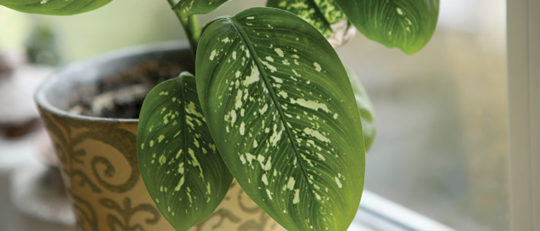
When you bring in your outdoor plants, you need to ensure you avoid placing them in a location where they will experience extreme temperatures. This applies to both cold drafts from outside, and heating from your furnace, fireplace, et cetera. You can purchase high plant stands to help with this if you so choose. Pick the most neutral spots you can for your plants.
Avoiding the extreme temperatures helps in the short term by lessening the shock of the change, and in the long term to avoid throwing off their health even more.
Position With Light In Mind
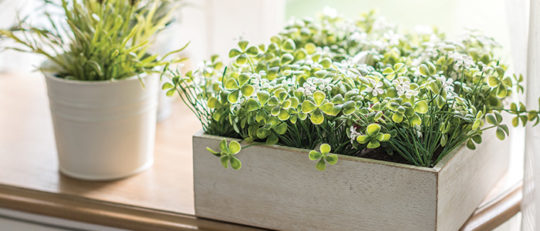
How much light did your outdoor plants need? Were they in full sun conditions, or did you have them in the shade? In both cases, you should try to mimic the same amount of light when you bring the plants indoors in the winter. Full sun plants should be closer to windows than those requiring shade. If necessary, you can rotate their location a little (e.g. move the order of plants next to a window).
Don’t Change Containers
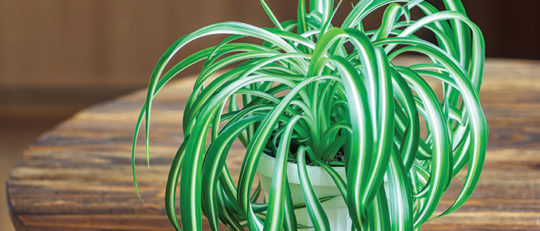
As much as possible, you should avoid changing the containers for your plants. Even by taking care to avoid extreme temperatures and positioning them in conditions with similar amounts of light, you are still putting your outdoor plants through some trauma. Do not increase it and risk damaging the roots by transplanting the plants into another container if you can avoid it. The only exception would be if you had a plant in the ground outside rather than a container.
Prune The Damage
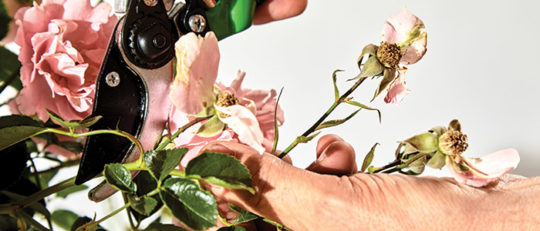
Do any of your outdoor plants have dead or damaged leaves or blossoms? Before you transport them into your indoor garden for the winter, you should prune away the damage! This helps put them in their optimal condition to rest and ride out the winter. In addition to being healthy for them, pruning can also encourage a little new growth for certain plants and flowers, as well as improve their overall appearance, even if nothing blooms until spring.
Deal With Pests

When your plants are outdoors, they are exposed to quite the wide range of insects and other pests. Before you bring them indoors for the winter, be sure to check through all the leaves and blossoms for any insects. You don’t want to have these insects in your home through the winter if you can avoid it!
In addition, you may wish to use an insecticide safe for plants to remove some insects. This is similar to pruning away dead leaves and blossoms from your plants, since it helps their overall health as well as the health of your exclusively indoor plants. Problems with insects and diseases can spread quickly to your indoor plants if you don’t pay close attention to the situation!
